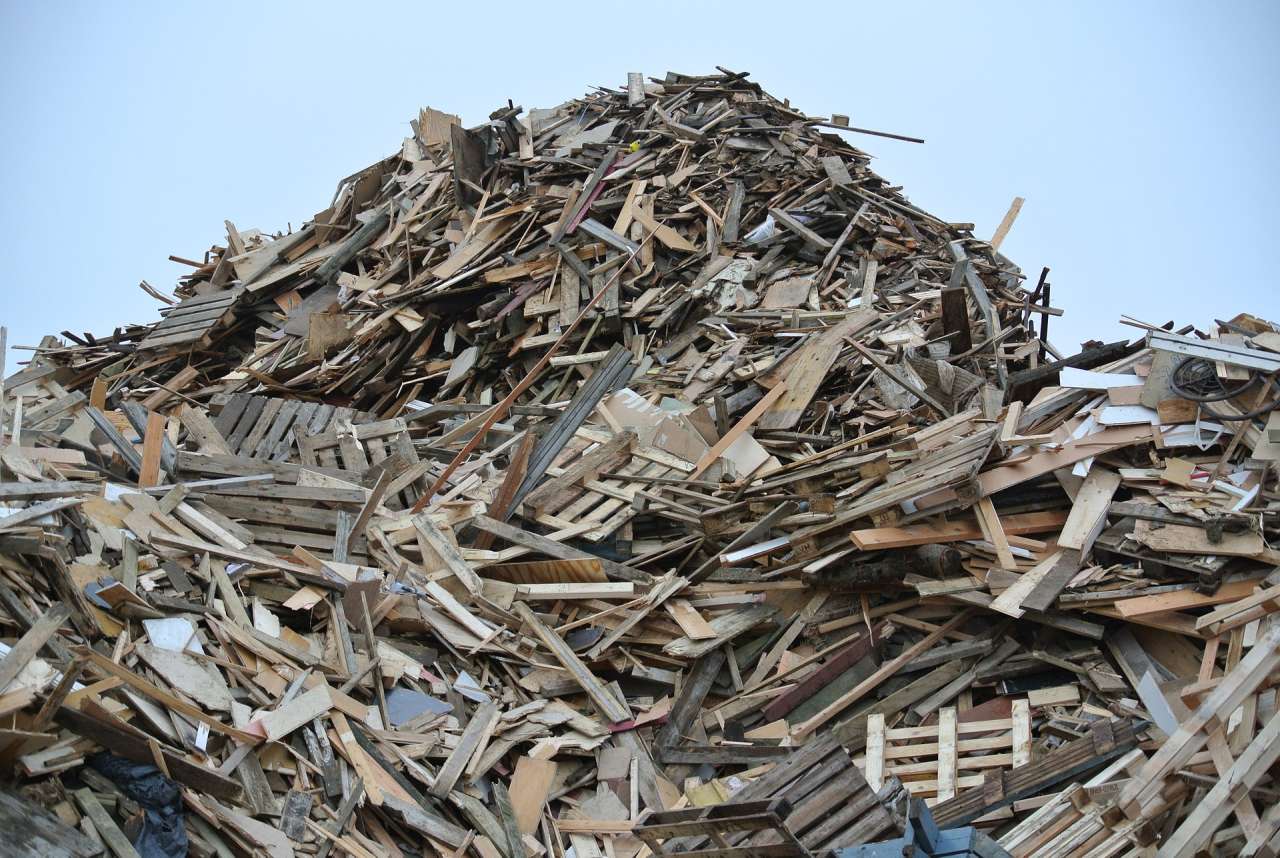Building industry waste can be reduced

Photo: Pixabay
In 2017, the building and construction industry generated around 2 million tonnes of waste. High costs, lack of appropriate technology and limitations in the applicable regulations are preventing greater reuse and recycling of construction components and waste fractions.
NIBIO and Economics Norway were commissioned by the Directorate of Construction Quality to evaluate the socioeconomic benefit of measures such as waste minimization, reuse and material recycling in the construction industry. The objective is to achieve national targets for the reduction of the volume of generated waste.
In the period 2013–2017, the volume of waste from the construction industry increased from 1.8 to 2 million tonnes per year, while material recycling of this waste decreased by 400,000 tonnes per year. The goal for the construction industry is to move increasingly toward a circular economy with a more closed material cycle, with as little loss as possible and a lower proportion of new materials entering the cycle. Norwegian waste policy prioritizes cost efficiency, profitability and minimal socioeconomic cost. The benefit of measures must exceed the overall costs.
The best way of reducing the volume of construction waste is by waste minimization and increasing reuse and material recycling. At the moment, waste minimization is the fastest strategy for achieving the effect for the construction industry. The most significant initiatives are associated with prefabricated building elements.
Other measures include introducing new technology and increasing the recycling of waste fractions that currently have a low recycling rate, such as timber. Reusing materials and building components is currently not very profitable. It is time-consuming, technically difficult and involves stringent documentation requirements.
Contacts

Contacts

